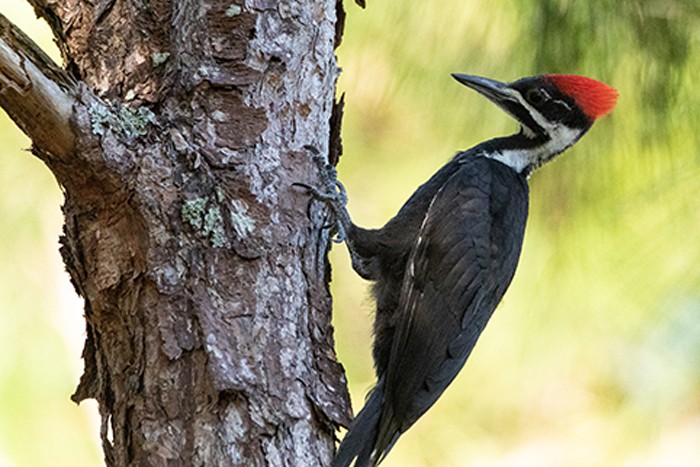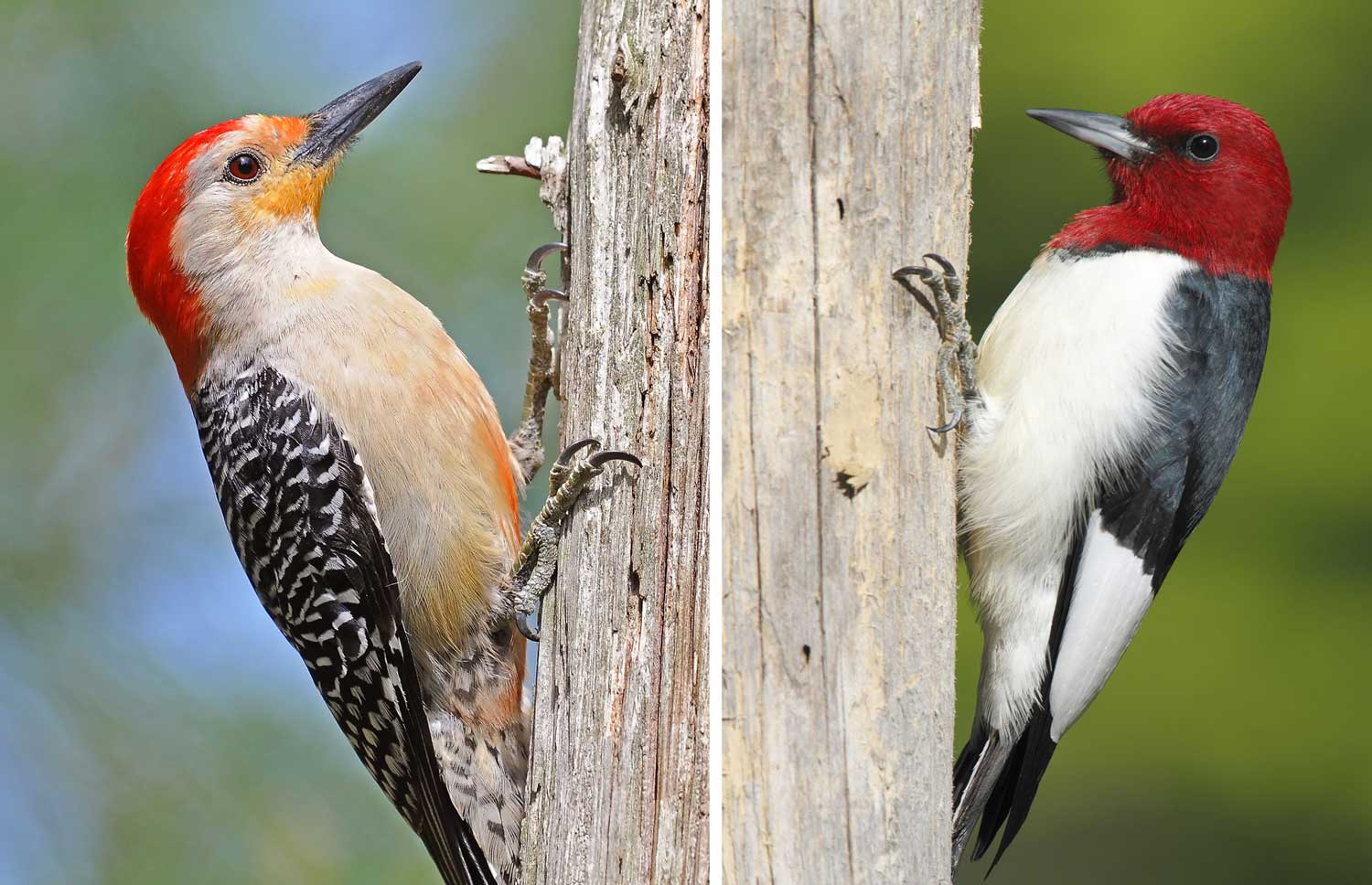Native Woodpeckers in Florida: An Overview to Types and Behaviors
Native Woodpeckers in Florida: An Overview to Types and Behaviors
Blog Article
Unveiling the Secrets of Woodpeckers: Actions, Environment, and A Lot More
Woodpeckers, with their special actions and specialized adaptations, have actually long captivated researchers and nature fanatics alike. By discovering the secrets surrounding woodpeckers' actions and environment options, a deeper understanding of these bird wonders arises, providing a glimpse into their interesting globe.
Woodpecker Habits Insights
In analyzing woodpecker behavior, a remarkable display screen of specialized skills and adaptations arises, clarifying their exceptional environmental specific niche - Woodpeckers in Florida. Woodpeckers, recognized for their distinctive drumming on trees, possess a selection of behavioral attributes that add to their survival and success in their setting. One key behavior is their drumming, which serves several functions such as interaction, establishing area, bring in companions, and finding food resources. This balanced pecking likewise showcases their exceptional strength and endurance, as they can hammer away continuously at broadband without causing harm to themselves.
Moreover, woodpeckers exhibit an one-of-a-kind feeding behavior characterized by their capacity to remove pests from tree bark utilizing their specialized beaks. Their long, barbed tongues aid in catching target, while their strong neck muscle mass offer security and accuracy during pecking motions. This feeding technique permits woodpeckers to accessibility concealed insect larvae and remove them with exceptional effectiveness.
Environment Preferences and Option
What variables affect the environment choices and choice of woodpeckers? One critical aspect influencing woodpecker environment choice is the accessibility of suitable nesting sites. Woodpeckers normally like woodlands with a mix of mature trees that offer adequate possibilities for dental caries excavation.
In addition, woodpeckers reveal a choice for habitats with a plentiful supply of food sources. They are mainly insectivorous, preying on beetles, ants, larvae, and other bugs located in decaying wood or tree bark. For that reason, woodpeckers tend to favor wooded locations with a varied insect populace to meet their dietary needs.
Moreover, the visibility of dead or decaying trees is one more crucial consider woodpecker habitat choice. These trees not only provide food resources however additionally provide ideal substrate for dental caries excavation. Dead trees are necessary for the maintenance of healthy and balanced woodpecker populations, as they play a crucial function in the woodpeckers' life cycle and environment characteristics.
Feeding Practices and Diet Regimen Make-up
Woodpeckers demonstrate a specialized feeding behavior concentrated on foraging for pests within numerous habitats. Their diet plan mainly includes pests such as beetles, ants, caterpillars, and crawlers, which they locate by touching on tree bark and listening for the audio of activity inside. Woodpeckers utilize their strong beaks to pierce into the wood and their long, barbed tongues to draw out prey from crevices. In addition to insects, woodpeckers also eat tree sap, fruits, nuts, and seeds, including selection to their diet regimen relying on the period and availability of food resources.
The foraging methods of woodpeckers are well-adapted to their arboreal lifestyle (Woodpeckers in Florida). Their capability to dig deep into timber not only provides them with food yet additionally helps in developing nesting dental caries and developing areas. Woodpeckers play an essential duty in preserving the wellness of woodlands by regulating insect populations and aiding in the decay click site of timber. Recognizing their feeding routines and diet plan make-up is essential for preservation initiatives focused on maintaining these unique and valuable birds.
Drumming Seems and Interaction
Making use of quick drumming sounds on different surfaces, woodpeckers employ a distinct form of communication to signify area borders and draw in mates. This drumming actions is not only a way of interaction but also acts as a method for woodpeckers to establish their presence within a specific area. The strength, rate, and pattern of the drumming can share important details to various other woodpeckers in the area.
Woodpeckers use drumming sounds to announce their visibility in a territory and to alert off possible intruders. The loud and recurring nature of the drumming functions as a clear signal to various other woodpeckers that the location is currently claimed. This assists in lowering disputes and reducing physical battles in between people.

Survival Adaptations and Specialized Anatomy

Verdict
Finally, woodpeckers show distinct behaviors, such as drumming sounds for communication, and have specialized makeup for survival in their chosen environments. Their feeding habits and diet make-up even more show their flexibility to different settings. By comprehending these aspects of woodpeckers, researchers and conservationists can better safeguard and preserve these remarkable birds and their ecosystems.
Report this page